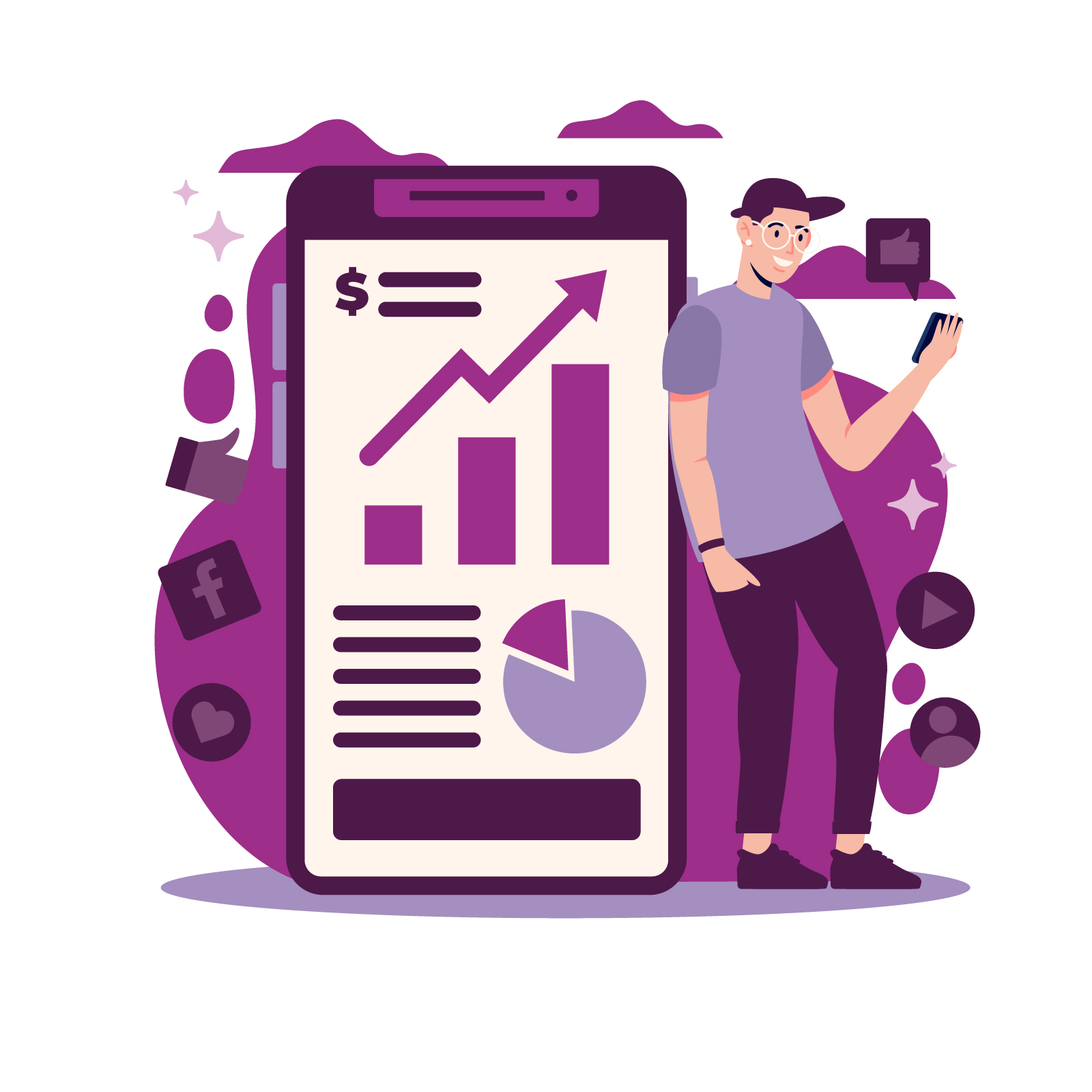For years, marketers have long struggled to see the full picture of their performance. Google Analytics offers detailed insight into Google Ads in its ecosystem but costs from Meta’s Facebook, Instagram, and TikTok have to be uploaded manually or accessed through third-party connectors.
Many advertisers manually export CSVs or use third-party connectors/integrations, which are prone to much delay, mismatch, or duplication.
Now, Google Analytics has taken a step to unify multi-platform measurement. With new native integrations for Meta and TikTok, advertisers can automatically bring in ad cost data, clicks, and impressions directly into GA4.
Here’s what it means for marketers and how it will impact their advertising efforts.
What’s New in This Update
Google’s latest enhancement for GA4 allows automatic cost data imports from Meta and TikTok. Once linked, GA4 can pull:
- Up to 24 months of historical cost data
- Ongoing, daily automatic updates for new campaign data
- Metrics like ad spend, clicks, and impressions
This means advertisers can now compare performance and efficiency between Google Ads, Meta Ads, and TikTok Ads side by side without switching dashboards or handling CSV uploads.
Key Capabilities & Benefits
Here’s what the cost import feature provides, and how it works at a high level.
- Automatic import of cost data: Rather than manual uploads or third-party bridging, GA4 can pull cost, clicks, and impressions directly from Meta and TikTok.
- Historical backfill: The integration can fetch up to 24 months of historical cost data from these ad platforms.
- Ongoing sync/updates: Once set up, the integration continues to import cost data automatically and keeps reports fresh.
- Unified cross-channel reports: With all cost data in GA4, one can compare metrics like CPA, ROAS, CTR, and cost per click across platforms side by side.
- Avoid manual duplication: Since GA4 itself does not deduplicate between manually imported cost data and the new integrations, advertisers must delete overlapping manual imports to avoid double-counting.
Why This Matters for Marketers
Here’s why this new feature from Google Analytics matters to marketers:
1. One Dashboard for All Paid Media
Marketers can now see total ad spend, conversions, and revenue in one place. This unified view helps identify which platform delivers the best return on investment (ROI) and where to reallocate budget.
2. Faster, More Reliable Insights
With automatic imports replacing manual uploads, teams can analyse campaign performance in near real time. This reduces reporting delays and the risk of human error.
3. Simplified Workflow
Before, advertisers often relied on complex spreadsheet workflows or paid connectors to merge data from multiple platforms. The native integration eliminates much of that overhead.
4. Better ROI and Efficiency Analysis
By aligning cost and conversion data, GA4 allows more accurate calculations of metrics like Cost per Acquisition (CPA) and Return on Ad Spend (ROAS) across all major channels.
How to Set It Up
1. Access Data Import in GA4
Go to Admin → Data Import → Create Data Source, and select Cost Data.
2. Choose Your Platform
You can now select either Meta or TikTok as the data source.
3. Connect Your Ad Account
Authenticate your account via the platform’s login, allowing GA4 to pull campaign data automatically.
4. Match UTM Parameters
For accurate linking between ad clicks and website sessions, ensure your ads use consistent UTM parameters, especially utm_source, utm_medium, and utm_campaign.
5. Review Historical and Ongoing Imports
GA4 can import up to two years of historical cost data. From there, data continues to update automatically each day.
Key Considerations
While this feature simplifies analytics, there are a few things advertisers need to keep in mind:
- Avoid duplicate data: If you previously uploaded cost data manually, delete those imports before activating the new integration. GA4 will not automatically remove duplicates.
- UTM consistency is crucial: Inconsistent tagging can cause mismatched or missing data in your reports.
- Data may take time to appear: Imported data can take several hours to show up in your Analytics reports.
- Only one cost data source per property: Currently, each GA4 property can support only one automated cost data import connection at a time.
Where to See the Data
After setup, the imported data can be viewed in:
- Advertising → All Channels reports (for side-by-side performance comparisons)
- Acquisition → Non-Google Cost Data (to see spend and efficiency metrics)
- Looker Studio (for advanced dashboards and custom ROAS visualisations)
These reports show blended metrics across Google, Meta, and TikTok, including ad spend, sessions, conversions, CPA, and ROAS.
Benefits for Marketing Teams
Unified Performance Measurement
No more fragmented insights between platforms. Teams can evaluate total marketing efficiency across all paid channels in one place.
Improved Budget Optimisation
Comparing cost and performance side by side allows marketers to shift spending toward the platforms that drive the best ROI.
Fewer Tools and Lower Costs
Native integrations reduce reliance on external connectors like Supermetrics or Funnel.io, cutting both complexity and expenses.
Streamlined Reporting and Collaboration
With a single source of truth inside GA4, marketing, finance, and analytics teams can all work from the same consistent data.
Potential Limitations
While the update is powerful, it’s not without limitations:
- Attribution differences: Meta and TikTok use different attribution models from Google Analytics, so ROAS comparisons may not be perfectly aligned.
- Partial data for non-click conversions: Some impressions or view-through interactions may not match with GA4 sessions.
- Not yet universal: Only Meta and TikTok are supported natively. Other platforms like LinkedIn, Snapchat, and X still require manual or SFTP imports.
Looking Ahead
This move shows Google’s ambition to make GA4 a performance hub for digital marketers. By expanding beyond its own ecosystem, Google is helping advertisers manage multi-channel data in a more transparent, automated, and scalable way.
Future updates will likely add more native integrations, perhaps for LinkedIn, Pinterest, or other ad networks, and improve attribution alignment between channels.
For now, this integration marks a major leap toward unified, cross-platform analytics, turning GA4 into a central command center for digital ad performance.
Need a fresh perspective? Let’s talk.
At 360 OM, we specialise in helping businesses take their marketing efforts to the next level. Our team stays on top of industry trends, uses data-informed decisions to maximise your ROI, and provides full transparency through comprehensive reports.












.png)




